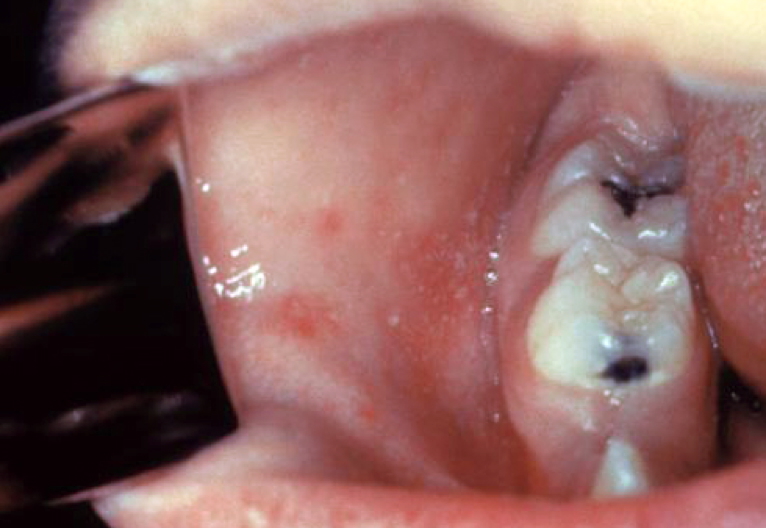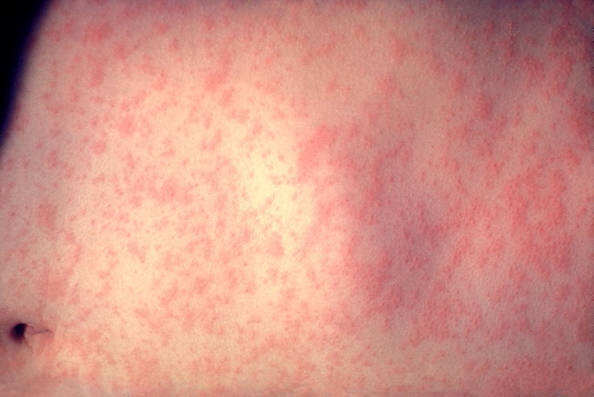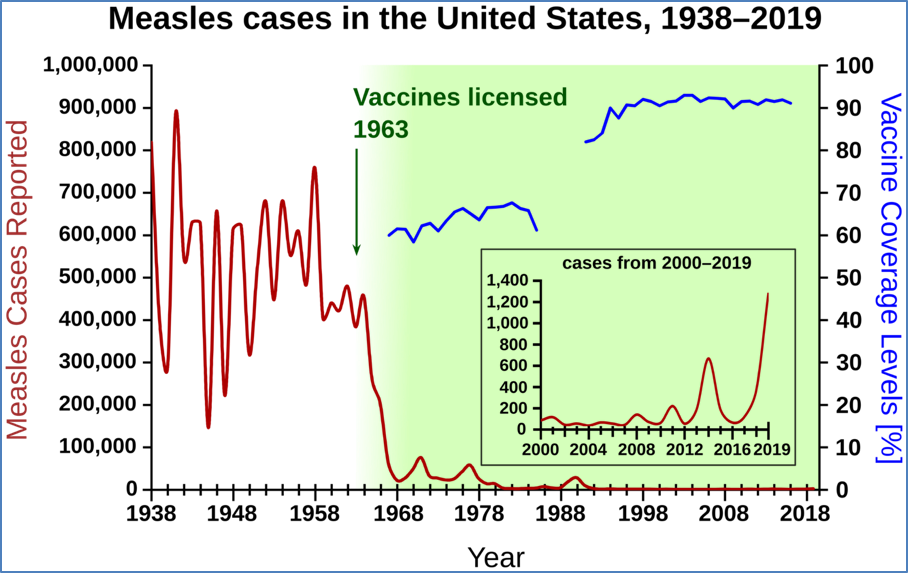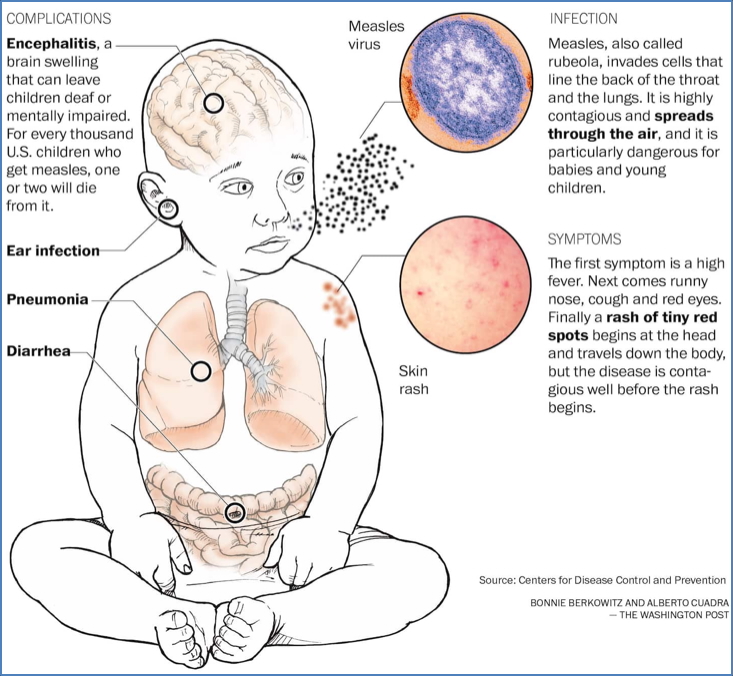Table of Contents
Overview
Measles is a highly contagious viral illness caused by the measles virus, presenting with fever, upper respiratory symptoms, and a characteristic morbilliform rash. Despite the availability of an effective vaccine (MMR), outbreaks still occur due to under-vaccination. Recognition of early signs, particularly Koplik’s spots, is key for diagnosis. Complications can be severe, especially in vulnerable populations such as young children and immunocompromised patients. This article outlines the essential pathophysiology, presentation, and management of measles for final-year medical students and junior doctors.
Definition
Measles is an acute viral illness caused by the measles virus, a paramyxovirus, and is one of the most contagious human infections.
Aetiology
- Measles virus (Paramyxoviridae family)
- Enveloped, single-stranded RNA virus
- Spread via respiratory droplets and direct contact
Pathogenesis
- Transmission: Airborne via respiratory droplets or contact with nasal/throat secretions
- Infectious period: ~4 days before to 4 days after rash onset
- Primary replication in respiratory tract → systemic viraemia
- Viraemia disseminates virus to skin, eyes, lungs, and GI tract
- Immune-mediated rash appears after viral replication peaks
Clinical Features
Prodromal Phase (3–5 days)
- High fever
- Cough
- Coryza (runny nose)
- Conjunctivitis
- Koplik’s spots:
- Small white/blue lesions on the buccal mucosa (pathognomonic)

Exanthem Phase
- Occurs 2–4 days after prodrome
- Maculopapular rash begins on the face, spreading down the body
- Becomes confluent over time
- Rash fades after ~1 week, with desquamation

Other findings
- Generalised lymphadenopathy
- Malaise, anorexia
Diagnosis
- Clinical diagnosis:
- Fever + generalised maculopapular rash + cough, coryza, or conjunctivitis
- Serology:
- Measles-specific IgM antibodies
- PCR testing:
- Throat/nasal swabs or urine for measles RNA
- Notification:
- Measles is a notifiable disease in many countries
Management
Supportive Care
- Antipyretics: paracetamol or ibuprofen
- Hydration and nutritional support
- Monitor for complications
Specific Measures
- Vitamin A supplementation:
- Reduces severity, particularly in children
- Antivirals:
- Ribavirin (rarely used; limited benefit in immunocompromised)
Prevention
- MMR vaccine:
- Live attenuated vaccine
- Given at 12 months and 4 years
- Contraindicated in pregnancy and immunosuppression
- Post-exposure prophylaxis:
- MMR vaccine within 72 hours or immunoglobulin within 6 days

Complications
- Common:
- Otitis media
- Croup
- Gastroenteritis
- Febrile convulsions
- Severe:
- Pneumonia
- Encephalitis
- Subacute sclerosing panencephalitis (SSPE):
- Progressive, fatal encephalitis due to persistent measles infection
- Occurs years after primary infection

Differential Diagnosis
- Rubella
- Scarlet fever
- Drug eruption
- Infectious mononucleosis
- Roseola
Summary
Measles is a vaccine-preventable viral illness known for its prodrome of cough, coryza, and conjunctivitis followed by a widespread rash. Koplik’s spots are a key early clue. While supportive care is the mainstay, prevention through MMR vaccination is essential. For broader context, visit our Respiratory Overview page.